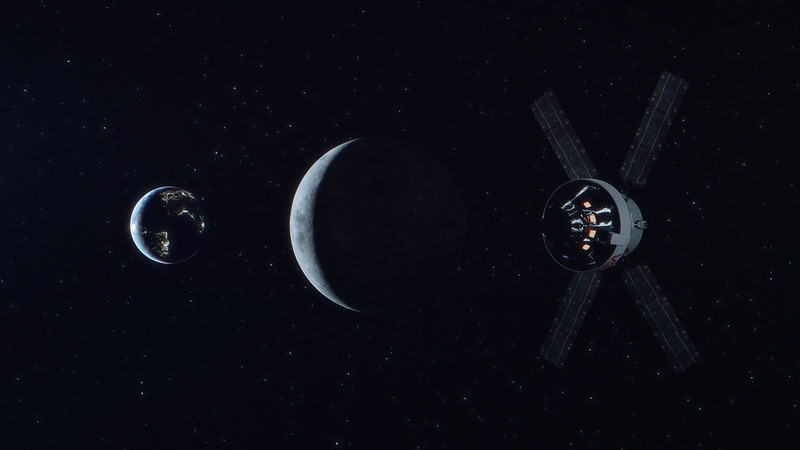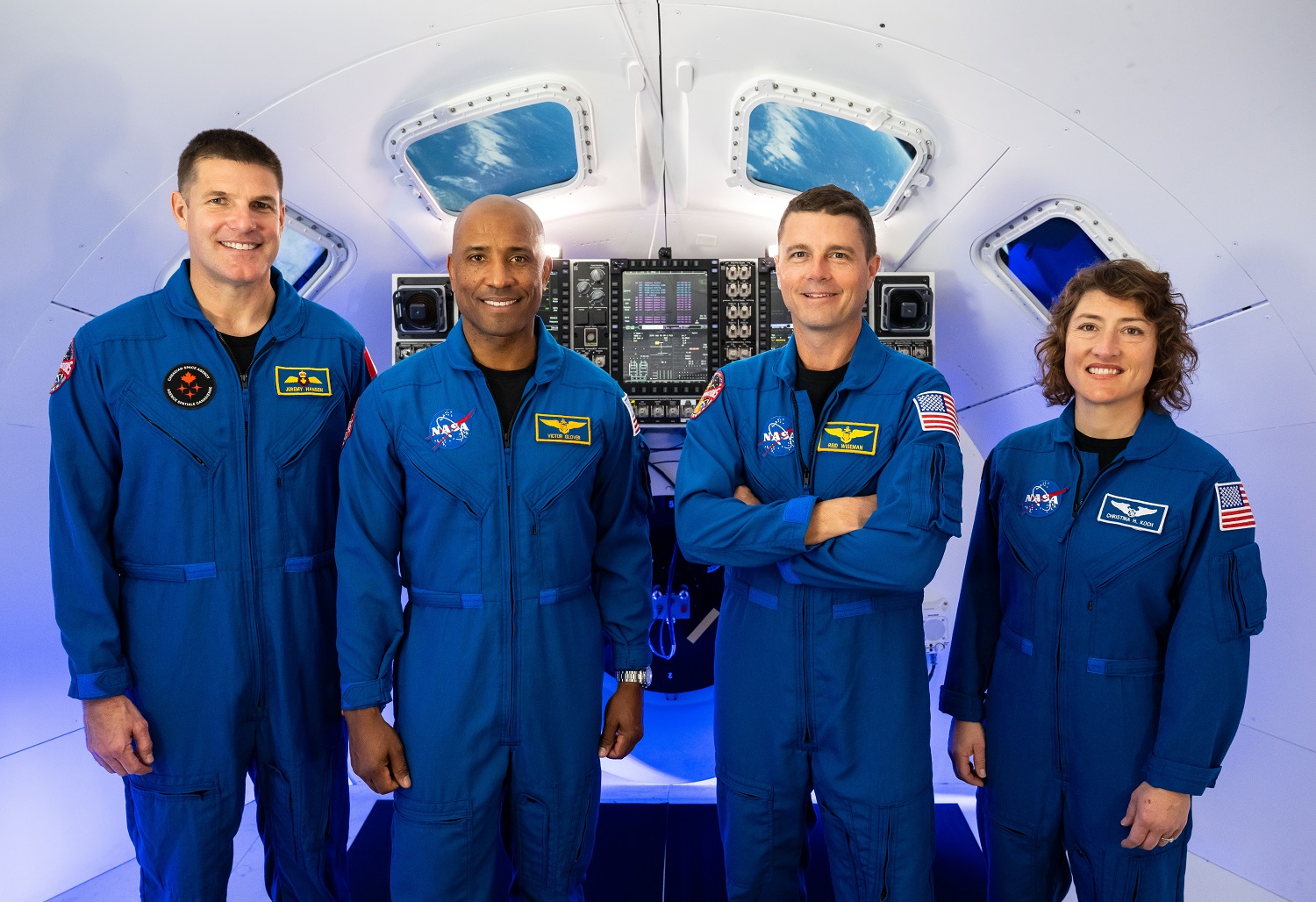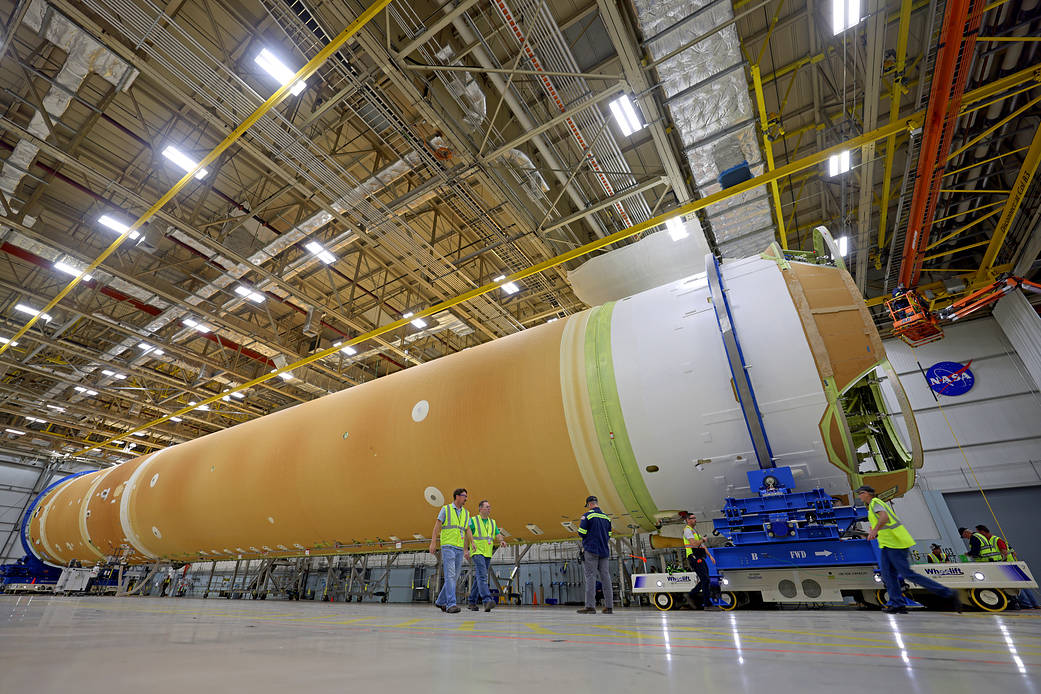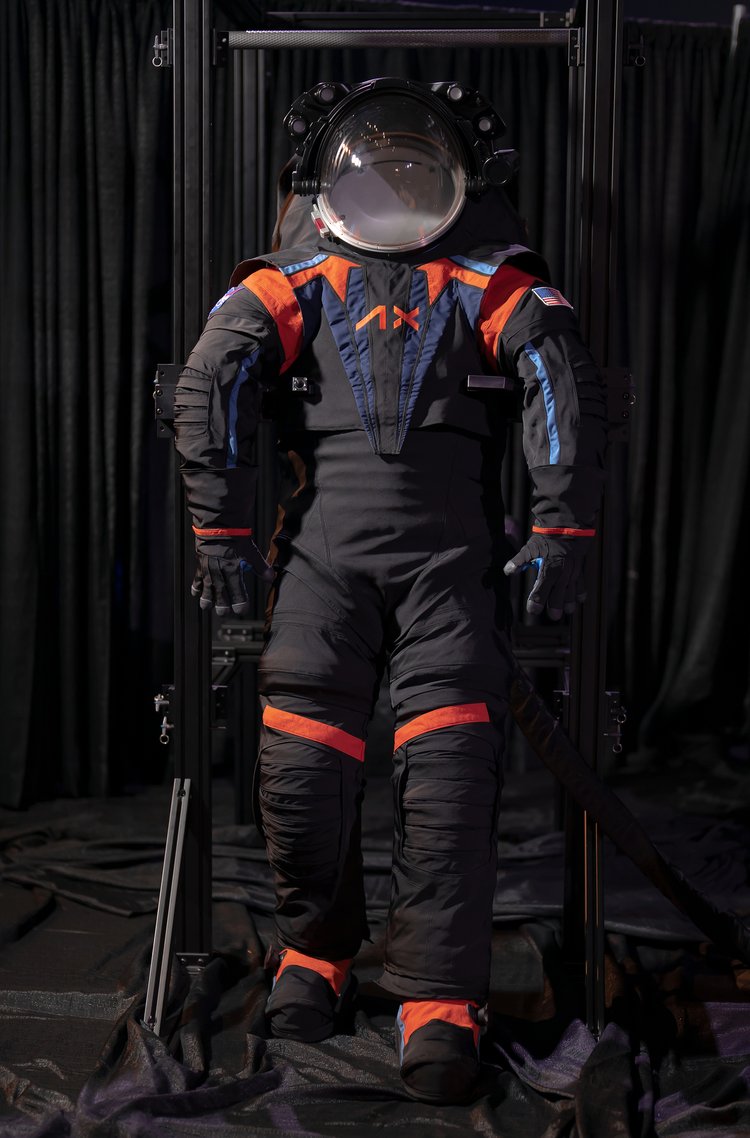NASA has announced the names for the Artemis 2 crew headed to the Moon in 2024.

NASA / Liam Yanulis
Humans are returning to the Moon: NASA has announced the crew for Artemis II, including three NASA astronauts and one astronaut from the Canadian Space Agency (CSA):
- Commander Reid Wiseman is a naval aviator and veteran of Soyuz TMA-13M and International Space Station (ISS) expedition 40/41.
- Pilot Victor Glover is a U.S. Navy pilot, graduate of the U.S. Test Pilot School, and veteran of SpaceX Crew-1 and ISS Expedition 64/65.
- Mission Specialist Christina Hammock Koch is an engineer and veteran of Soyuz MS-12/-13 and ISS expedition 59/60/61.
- Mission Specialist Jeremy Hansen is a fighter pilot and colonel in the Royal Canadian Air Force.

NASA / James Blair
“We’re going to hear the words 'go for launch,' on top of the most powerful rocket NASA has ever made, the Space Launch System . . . and we’re going to ride that rocket for eight minutes into Earth orbit,” Hammock Koch said during today’s press announcement. “We’re going to stay in an amazing high orbit while we test out all the systems on Orion . . . and then, if everything looks good . . . we’re heading to the Moon.”
Around the Moon and Back Again
Artemis II will be the first mission of the Artemis Program to put crew in the Orion Multi-Purpose Crew Vehicle (MPCV), aboard the Space Launch Systems (SLS) Block 1 rocket. Orion first saw flight atop a Delta IV Heavy rocket in 2014, and the Artemis 1 mission in 2022 completed the inaugural test launch of the SLS rocket and the Orion heat-shield (as well as the secondary deployment of 10 smallsats). Although early plans called for additional CubeSats to deploy with Artemis II, as of this writing no payloads have been announced.
Right now, Artemis II is set to launch from Kennedy Space Center in November 2024. This will mark the first crewed launch to venture beyond low-Earth orbit since Apollo 17 in 1972.
The 10-day mission will see the Orion capsule perform trans-lunar injection burns for a free return trajectory around the Moon, similar to the path that brought Apollo 13 astronauts safely home. Apollo 8 carried out a similar module-only flight, completing 10 orbits around the Moon in 1968.
Artemis II will pass 6,479 mi (10,427 km) beyond the Moon, and the crew will set the record for the farthest humans from Earth.

NASA
Recently, the team at NASA’s Michoud Assembly Facility in New Orleans, Louisiana, successfully integrated all five segments of the SLS core stage. Next up, the team will install the four RS-25 engines. A handover from the Shuttle era, the RS-25 motors will provide the massive rocket with a combined 8.8 million pounds of thrust.

NASA / Michael Democker
NASA also recently announced suits for the Artemis program's first Moon landing, Artemis III, which will occur at the earliest in 2025. Axiom Space will provide that crew with Exploration Extravehicular Mobility Unit (EMU) suits, which will give astronauts greater mobility and dexterity during their lunar excursions.
The Artemis III mission will bring the first woman and person of color to one of the potential landing sites clustered around the lunar South Pole. SpaceX is working on the Starship Human Landing System that will carry crew from orbit to the surface.

Axiom Space
Multiple robotic missions are part of Artemis, too: Next year, a NASA lander, the Volatiles Investigating Polar Exploration Rover (VIPER), will scout the potential landing sites near the lunar south pole. (NASA’s ShadowCam instrument aboard South Korea’s Danuri lunar orbiter also recently imaged this region.)

NASA / KARI / ASU
Meanwhile, NASA and international partners are preparing to begin construction of the Lunar Gateway in late 2024. The Gateway will orbit in a near rectilinear halo orbit, an elongated path that will take it very near and very far from the Moon. A CubeSat, the Cis-lunar Autonomous Positioning System Technology Operations and Navigation Experiment (CAPSTONE), launched in 2022 to test navigation and dynamics in this unusual orbit and is in good health after overcoming several mission glitches.
It will be exciting to see humans finally return to the Moon's vicinity.
 4
4









Comments
Charles-Wilton
April 4, 2023 at 11:49 am
You have the photo caption of the astronauts mixed up. Jeremy Hansen is the tall one.
You must be logged in to post a comment.
Charles-Wilton
April 4, 2023 at 1:43 pm
Thanks for fixing that.
You must be logged in to post a comment.
John Schnupp
April 9, 2023 at 8:56 pm
Three of the crew are amateur radio operators as well. It is suprising how many astronauts are also ham radio operators.
From ARRL weekly bulletin. Commander Reid Wiseman, KF5LKT, Pilot Victor Glover, KI5BKC, Mission Specialist 1 Christina Hammock Koch, and Mission Specialist 2 Jeremy Hansen, KF5LKU. Koch had planned to study and take her amateur license exam in 2019, but her flight was suddenly rescheduled 6 months earlier than originally planned. She had to immediately begin preparing for her flight instead of studying.
You must be logged in to post a comment.
John Schnupp
April 9, 2023 at 9:01 pm
N3CNL
You must be logged in to post a comment.
You must be logged in to post a comment.